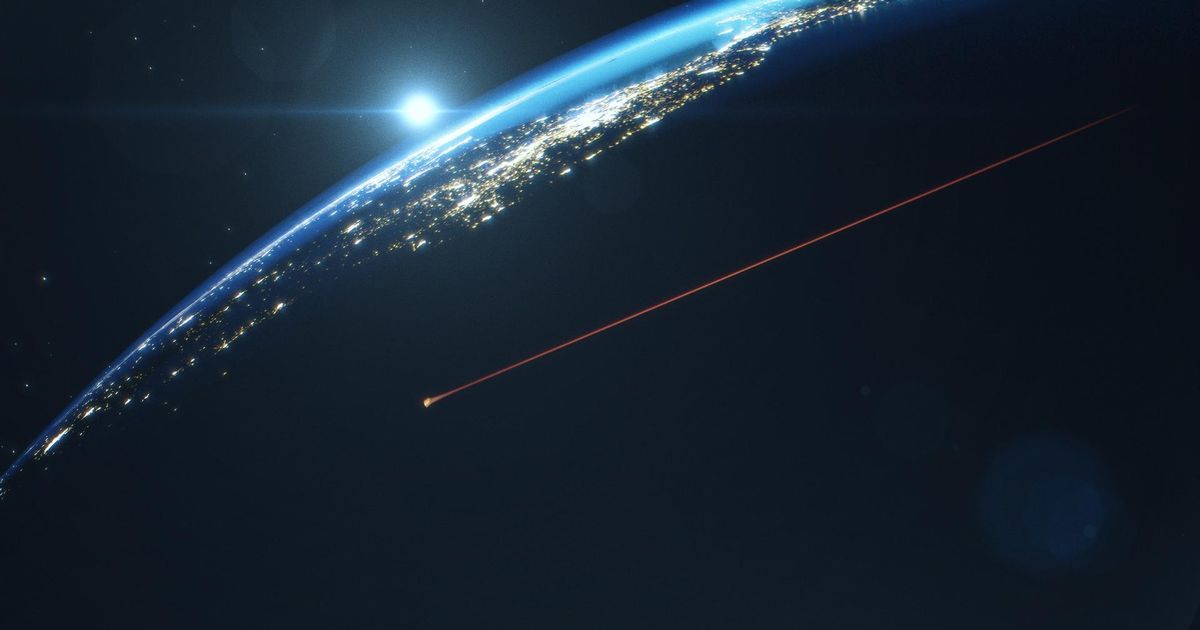The European Space Agency has updated its predictions for when Kosmos 482 will crash back down to Earth today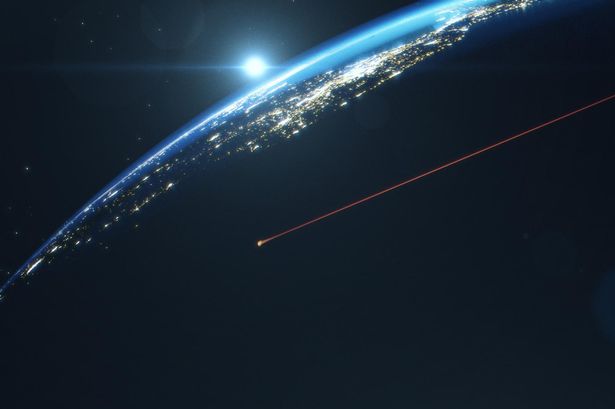 No one knows exactly when Kosmos 482 could fall or where it could land(Image: NASA/Liam Yanulis)
No one knows exactly when Kosmos 482 could fall or where it could land(Image: NASA/Liam Yanulis)
A failed Soviet spacecraft is due to crash back down to Earth today during an ‘uncontrolled reentry’ after being stuck in space for 53 years.
The spacecraft, called Kosmos 482, was once bound for Venus, but a malfunction meant it never left our planet’s orbit and has been circling Earth since 1972.
Now, the craft is due to make its delayed reentry through Earth’s atmosphere on Saturday morning (May 10).
As of Friday evening (May 9), the European Space Agency (ESA) predicts that Kosmos 482’s time of reentry will be 06:37 UTC (7.37am UK time) on Saturday, May 10, 2025.
The ESA’s Space Debris Office says its uncertainty is around +/- 3.28 hours.
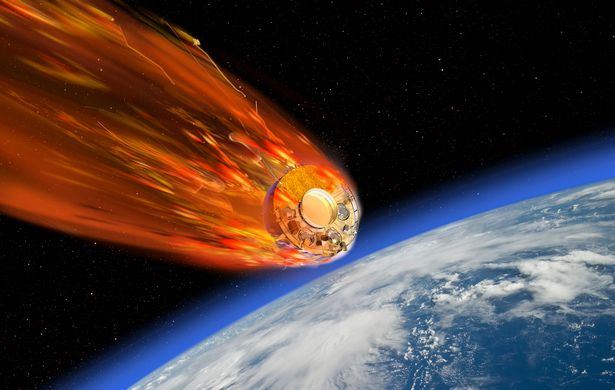 Kosmos 482 is due to fall back to Earth after 50 years in space(Image: ESA/David Ducross)
Kosmos 482 is due to fall back to Earth after 50 years in space(Image: ESA/David Ducross)
However, there is significant uncertainty around when the space junk will fall back to Earth and where it could land.
Various organisations, including space agencies, aerospace corporations and even the US military, are tracking the spacecraft and running various reentry models as more data on its trajectory is collected.
According to Marco Langbroek, a lecturer in space situational awareness at Delft Technical University in the Netherlands, the large uncertainty in the predictions of its reentry are because “we cannot accurately predict future solar activity.”
Langbroek told the Manchester Evening News: “Solar activity – charged particles expelled from the sun and entering our atmosphere – is variable from day-to-day and even hour-to-hour and has a strong influence on the density and extent from the surface of the upper atmosphere.”
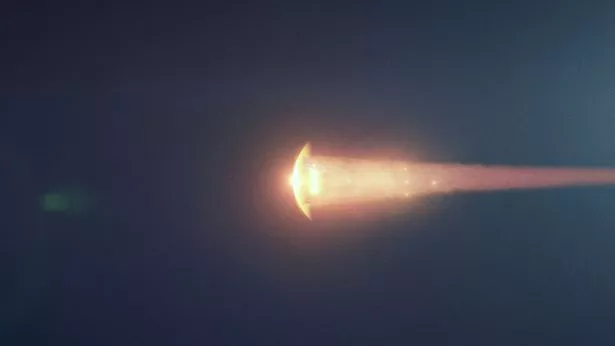 The spacecraft will likely survive reentry through Earth’s atmosphere(Image: NASA/Liam Yanulis)
The spacecraft will likely survive reentry through Earth’s atmosphere(Image: NASA/Liam Yanulis)
Scientists will be able to make more accurate estimations closer to the time of reentry, but no one can predict where Kosmos 482 could hit.
Weighing approximately 500 kilograms, the spacecraft has a titanium shell designed to withstand the extreme accelerations, heat and pressure of Venus’ harsh atmosphere, meaning it will likely survive reentry to Earth and smash into our home planet’s surface.
Current estimates suggest that the spacecraft will land anywhere between 52 degrees north latitude and 52 degrees south latitude.
About half of Earth’s population lives in this zone, which includes all of Africa, South America, Australia, New Zealand, most of Europe and Asia – as well as virtually every major city on Earth, from New York to London to Beijing.
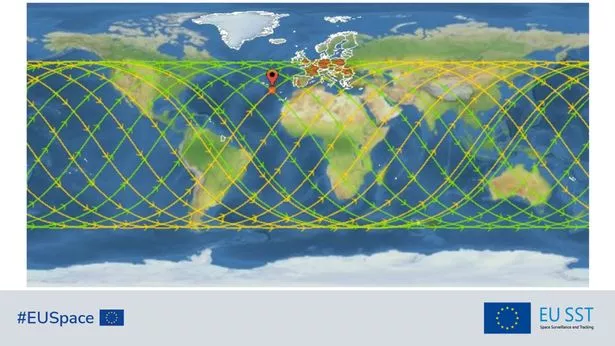 Possible re-entry locations of Kosmos 482 lie anywhere along the yellow and green lines(Image: EUSST/SWNS)
Possible re-entry locations of Kosmos 482 lie anywhere along the yellow and green lines(Image: EUSST/SWNS)
In the UK, just the south of England and Wales are at risk of being struck by the spacecraft, with areas like Milton Keynes, Cambridge and Ipswich in its potential impact zone.
Nobody knows for sure where Kosmos 482 will strike, but with around 71 per cent of Earth’s surface covered in water, it’s much more likely Kosmos 482 will splash into the ocean rather than crash into Earth’s surface.
However, if it does hit a densely populated area, experts warn it could damage buildings – and potentially pose a danger to life.
Dr Jonathan McDowell, an astrophysicist and astronomer at the Harvard-Smithsonian Center for Astrophysics, said the risk of the spacecraft hitting people on Earth is minimal and that there is “no need for major concern”. However, he warned that “you wouldn’t want it bashing you on the head”.
“Drop a half ton weight from a big height. It’ll wreck your house if it lands on it, but the damage will be localised to a few yards,” he told the M.E.N.
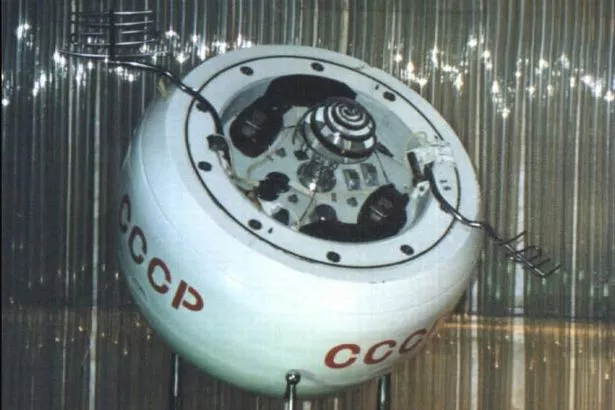 Venera 8, an earlier Soviet spacecraft that was launched toward Venus in 1972, resembles Kosmos 482(Image: Alexander Chernov/NASA)
Venera 8, an earlier Soviet spacecraft that was launched toward Venus in 1972, resembles Kosmos 482(Image: Alexander Chernov/NASA)
According to Langbroek, the space debris could “smash through a roof” of a house, but he says you would have to be “unlucky” for it to hit you.
You have a higher chance of being struck by lightning than to be hit by the spacecraft, adds Langbroek, who predicts that the spacecraft will smash into Earth at a speed of 65 to 70 metres per second – around the speed of a fast train.
As the ESA states, “The risk of any satellite reentry causing injury is extremely remote.”
It adds: “The annual risk of an individual human being injured by space debris is under 1 in 100 billion. In comparison, a person is about 65,000 times more likely to be struck by lightning.”
